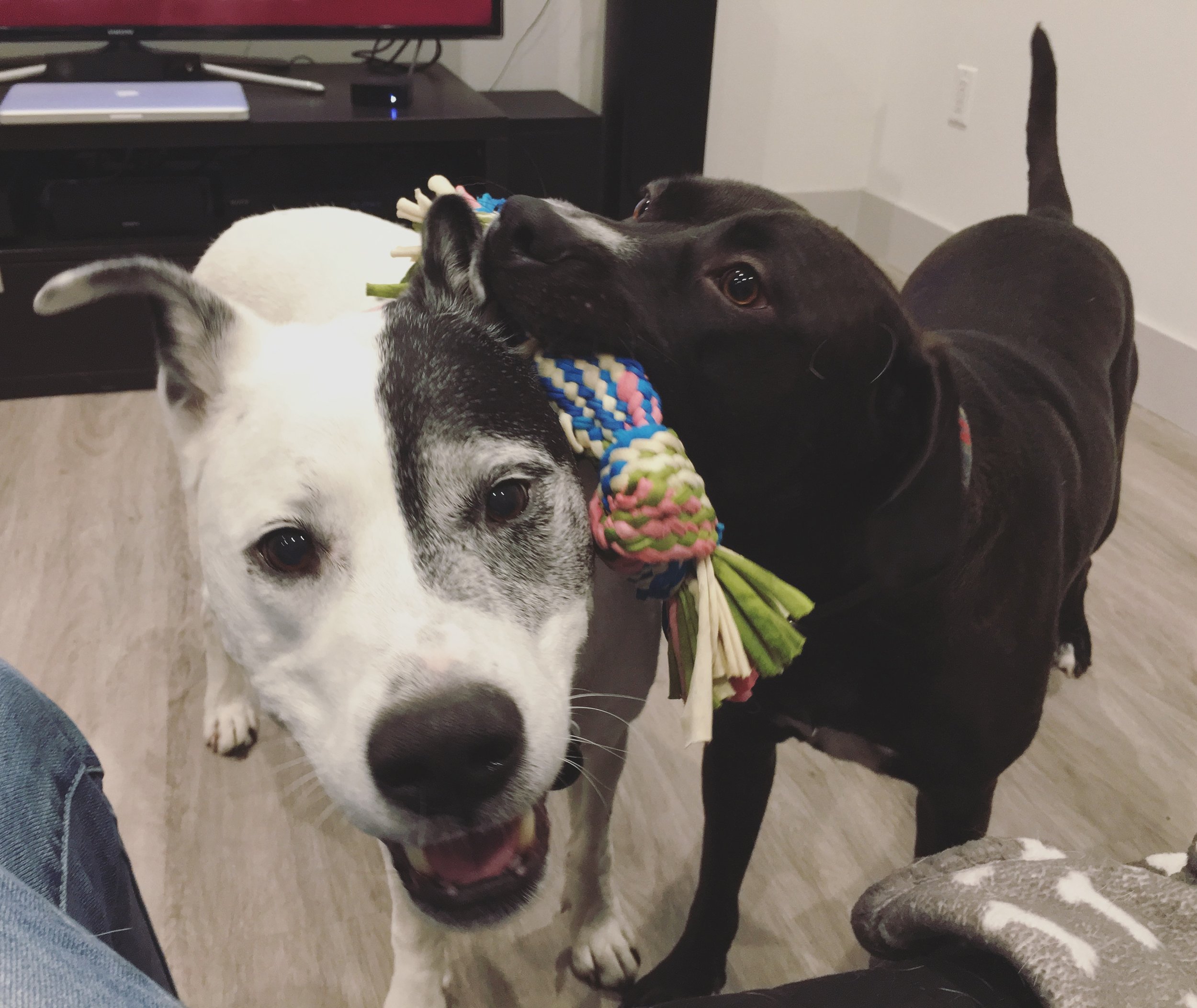How to Recognize Healthy Play
Healthy dog play is characterized by joy, engagement, and mutual respect between dogs, promoting physical exercise, mental stimulation, and socialization. During play, dogs may engage in activities such as chasing, wrestling, tug-of-war, and interactive toy play, demonstrating natural behaviors and strengthening their bond with other dogs or humans. Pet parents should be cognizant of the dynamics of play and monitor their dogs for signs of enjoyment, such as relaxed body language, wagging tails, and playful barking. It's important to ensure that play remains safe and respectful, intervening if play becomes overly rough or one dog appears uncomfortable. Additionally, pet parents should provide a variety of toys and play opportunities to prevent boredom and encourage positive interactions. By fostering healthy play habits, pet parents can support their dog's physical and emotional well-being while strengthening their relationship with their furry companion.
Healthy dog play is characterized by loose, exaggerated movements, regular breaks, and a variety of activities. Here are some signs of healthy play:
Play bows: Dogs lean forward with their front elbows down and their rear end in the air
Open-mouthed grins: Dogs show signs of amusement
Body slams: Dogs make big, bouncy movements
Tail wagging: Dogs wag their tails to communicate with other dogs and humans
Darting back and forth: Dogs take turns chasing each other
Submissive behavior: Dogs expose their bellies
Repeated desire to return to playing: Dogs want to keep playing
Play can become intense, but it's important to be able to distinguish normal from abnormal behavior. Some signs that play has become too rough include:
Raised hackles
Stiffness in the torso and legs
Stiff tail in a high position
Snapping and/or snarling
Showing teeth in a wide “smile”
Lunging suddenly at the other dog
The Good Boy Foundation is committed to providing valuable resources and education to empower pet parents in caring for their furry companions. However, it's important to note that the information provided on our website is intended for educational purposes only and should never replace the advice or treatment provided by a licensed veterinarian. While we strive to offer accurate and helpful guidance, we cannot be held responsible for any outcomes or consequences resulting from the application of this information. Pet parents are encouraged to consult with their veterinarian for personalized guidance and recommendations tailored to their pet's specific needs and circumstances.


